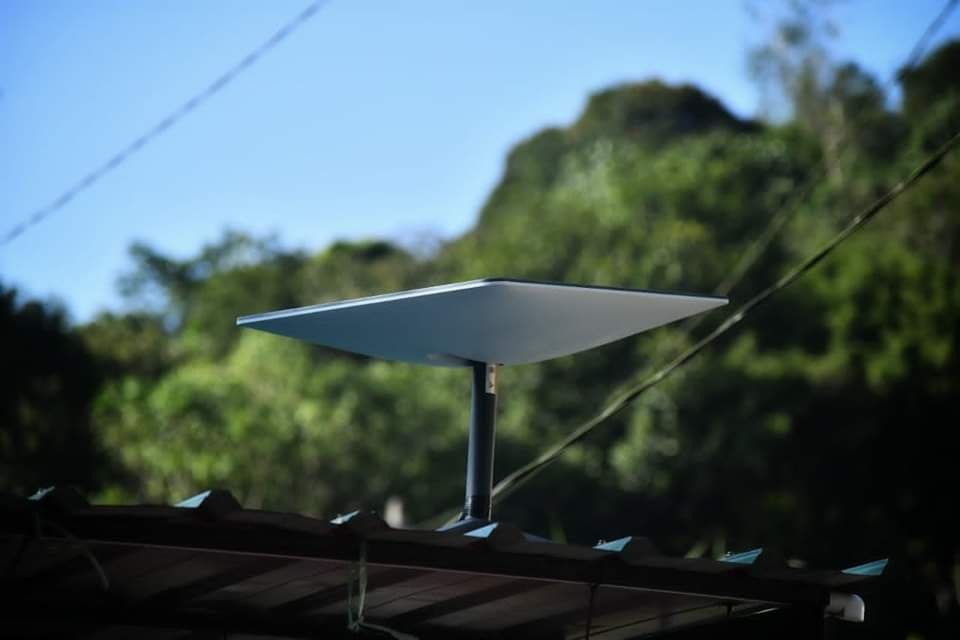The Malaysian Communications and Multimedia Commission (MCMC) has issued a statement to clarify concerns related to the potential interference of Starlink’s satellite service with existing telecommunications services. The regulator has stated that they have not received any complaints of interference to date.
In the event of any interference, the MCMC said it would be addressed through existing interference resolution according to the national and international framework.
It added that MCMC relies on the framework provided by the International Telecommunication Union (ITU), specifically the ITU Radio Regulations when making decisions related to spectrum allocation and interference management. Satellite services are inherently global, and the Radio Regulations provide a global framework for coordinating and regulating these services.
MCMC said the framework clearly outlines protection criteria including obligations to prevent harmful interference to existing services and the procedures for resolving interference disputes. It reiterated that the operation of Starlink in Malaysia is in line with the international framework.
Clarifying Starlink’s 100% foreign-owned entity status, the regulator added that Starlink has been granted Malaysia Digital status, allowing it to operate in Malaysia with its current ownership status. This decision was made based on an assessment of the value and benefits that Starlink will provide. Prior to granting the license, MCMC conducted engagement sessions with key stakeholders to ensure their concerns and considerations were taken into account.
It also emphasised that it will remain committed to safeguarding the interests of the public and ensuring all telecommunications services including those provided by Starlink operate in compliance with regulatory standards.

As mentioned in our previous post, Starlink was given the required Network Facility and Service Provider (NFP) licence just days after Prime Minister Anwar Ibrahim had a video call with Elon Musk in mid-July. Responding to our query, the MCMC said there’s no co-existence study carried out so far by the MCMC or the industry. It added that Starlink user terminals will be operating under the Class Assignment (CA) on a non-interference and non-protection basis.
Under MCMC’s definition, CA confers the rights on any person to use the frequency for a list of devices and it doesn’t require payable fees for the class assignment. Other CA examples include the usage of walkie-talkie, wireless LAN, Bluetooth, mobile wireless charger, remote control and this also includes Astro satellite dishes.
As shared by the MCMC, Starlink’s user terminal earth station uses Ku-band at 10.7 GHz to 12.7 GHz for downlink and 14.4 GHz to 14.5 GHz for uplink. Meanwhile, Starlink’s Gateway Earth Station operates using Ka-Band at 17.8 GHz – 19.3 GHz for downlink and 27.5 GHz – 30.0 GHz for uplink.
Related reading
- MCMC did not carry out co-existence study for Starlink before granting them licence to operate
- World leaders concerned over Musk as Starlink expands satellite internet service
- Starlink now available in Malaysia, RM220/month for 100Mbps satellite broadband
- MCMC gives green light to Starlink to provide satellite services in Malaysia
- Does 5G interfere with aircraft systems in Malaysia? Here’s MCMC response
- Mobile signal boosters and repeaters with MCMC label are legal but permission still required
MCMC: Starlink has not caused interference to other telco services in Malaysia to date
News Reports PH
0 Comments